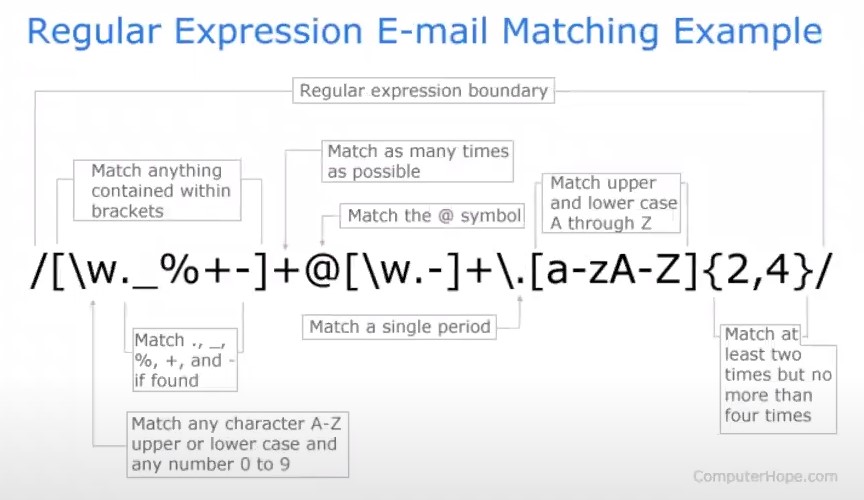Demystifying Regular Expressions

In this post, I am going to introduce one of the most contentious tools utilized by software developers: regular expressions. Regular expressions can be extremely useful, but they can also be complex and tedious at times. Many developers, therefore, have complex relationships with them.








